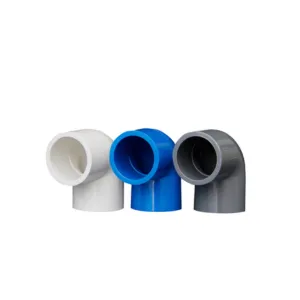SUV refers to a sports utility vehicle, which is different from an ORV off-road vehicle that can be used on rough terrain; SUV refers to a sports utility vehicle or a suburban utility vehicle, an off-road vehicle that has the space capabilities of a station wagon and is equipped with a cargo truck. Ability models.
Features
The characteristics of SUV are strong power, off-road capability, spaciousness and comfort, and good cargo and passenger carrying functions. Some people also say that SUV
It is the comfort and refinement of a luxury car combined with the nature of an off-road vehicle. SUVs are hybrid descendants of cars and off-road vehicles. Compared with their ancestors, SUVs have greater advantages.
The biggest characteristics of off-road vehicles are their strong passing ability and certain cargo-carrying capacity, but their sportiness and comfort are not outstanding. After strengthening these shortcomings of off-road vehicles, they can be called SUVs. It not only has the functions of an off-road vehicle, but can also drive in the city without losing its style. Generally speaking, it is an off-road vehicle that can be driven in the city. As the preferred model among emerging urban car buyers, SUVs have become the main force in the growth of the automobile market.
Although the development of SUVs has gone through several stages of ups and downs, as an important force in the automobile market, competition in the SUV market has not yet been sufficient. Whether it is the product itself or the market development of manufacturers, the market capacity is far from reaching the limit. It is still There is a lot of room for improvement.
For a long time, the domestic SUV market has been divided into joint venture brands and independent brands. Each has its own market. While independent brand SUV manufacturers are developing rapidly, competition pressure has become increasingly prominent. Major international car manufacturers are fiercely competing in the Chinese market. New models are constantly being launched, car prices are constantly falling, and competition is fierce.
The SUV’s seating space is relatively good. Whether in the front or back row, you can sit comfortably in the car. The front seats are well wrapped and supportive. In addition, there are many storage compartments in the car, which are convenient for daily use. The craze for SUVs first spread from the United States. It is not only popular in Europe and the United States, but also automobile manufacturers in Asia, Japan and South Korea have begun to develop SUV models. Due to the influence of the trend of leisure vehicles, SUVs have replaced station wagons and become the main vehicle for leisure travel due to their high space performance and off-road capabilities. SUVs became the most popular car model at that time.
According to the functionality of SUVs, they are usually divided into urban and off-road types. SUVs generally refer to those models that are based on a car platform and have the comfort of a car and a certain degree of off-road performance to a certain extent. Due to the multi-combination function of MPV seats, it has a wide range of applications. The price range of SUVs is very wide, and their popularity on the road is second only to cars.
Car model
The world’s top SUVs are represented by the American Jeep Grand Cherokee, the British Range Rover, and the German Mercedes-Benz G-Class. They have become one of the symbols of the wealthy class.
Among the SUVs in the luxury car field, the well-known ones include Cadillac XT5, SRX, Audi Q series, BMW X series, Mercedes-Benz G, GLK, ML series, Lexus GX, LX, RX series, Porsche Cayenne, Volkswagen Touareg, and Infiniti QX series, Acura MDX, ZDX, RDX, Range Rover, Freelander, etc.
History
The real founding model of the SUV concept is the “Cherokee” produced by Chrysler in the United States. The design concept of the “Cherokee” is derived from the concept of off-road vehicles that only emphasizes passability. It mainly improves the comfort of the vehicle. It removes the heavy non-load-bearing body of the previous off-road vehicles, quotes the design concept of the sedan, and replaces it with a light body like a Jue. The same load-bearing body structure as most cars. But without completely sacrificing off-road performance, it still has relatively strong power and uses a 4X4 drive form. The key concept is to emphasize comfort.
In the United States, where it originated, SUVs have been the best-selling model since 2003. This is because they are suitable for both urban walking and outdoor running, and they are very suitable for the new generation’s pursuit of publicity and their love of being close to nature.

 June 3, 2024
June 3, 2024 













